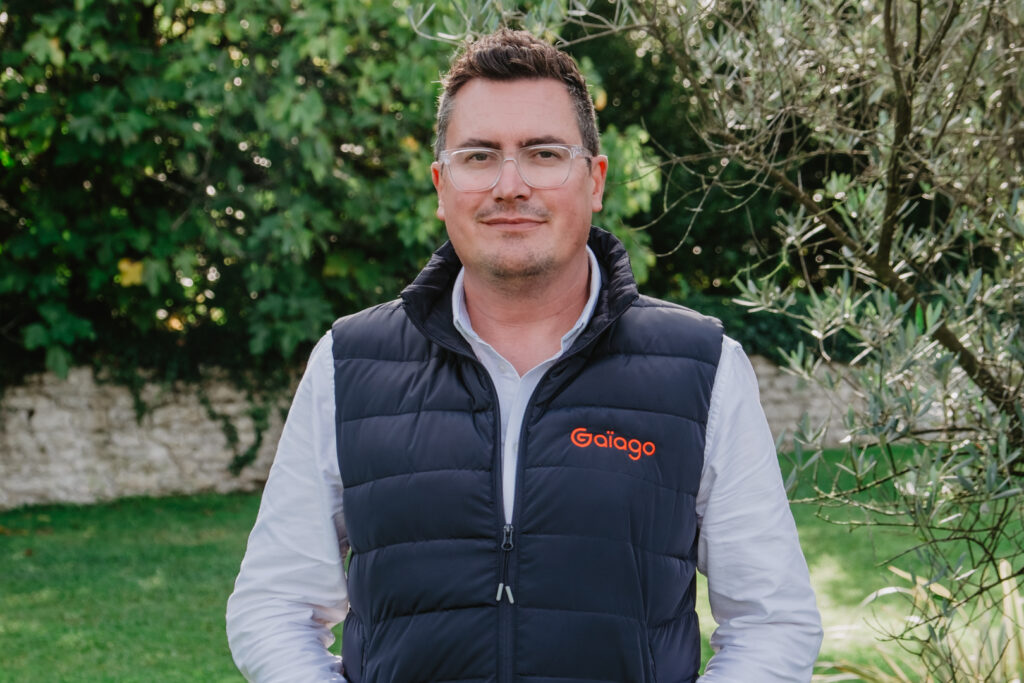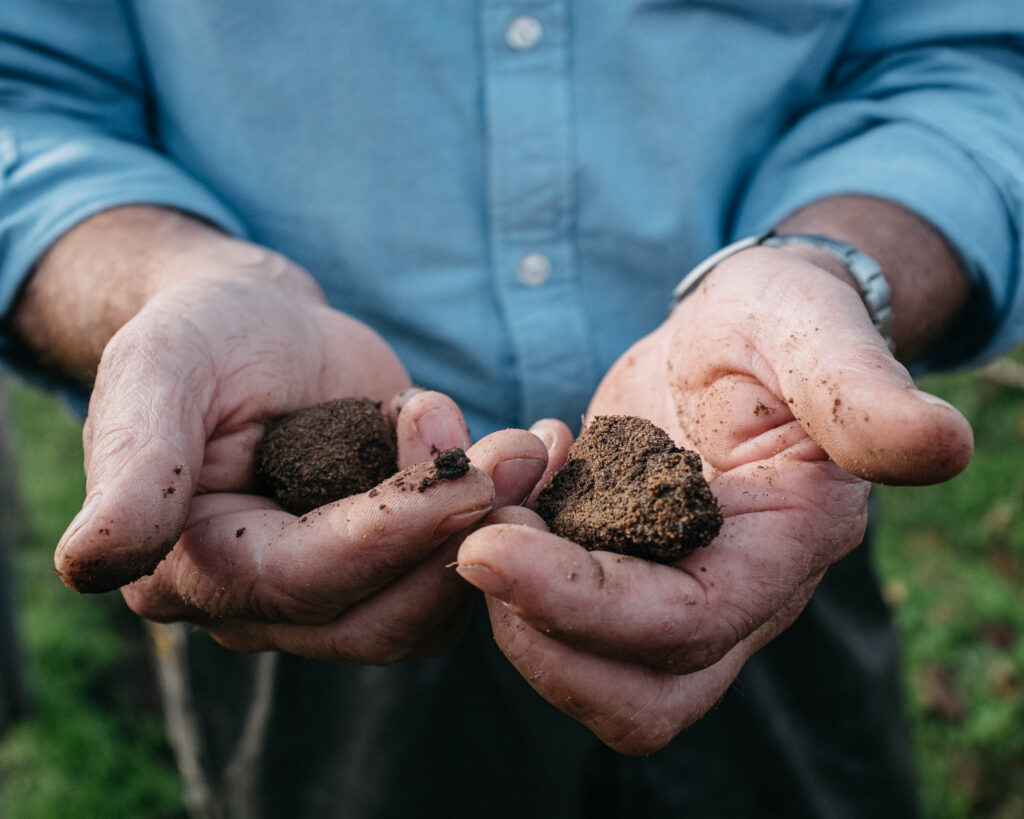Written by Mark Shaw from Gaiago
While financial and environmental pressures mount, so does our dependency on our soil. For those stepping away from conventional approaches, it can be a hard journey. Mark Shaw, UK manager at Gaïago, explains how microbes and natural substances can ease the transition, maintaining yields and building structure.
Transitioning soils to new, more sustainable, production systems can be a long and sometimes, difficult process. It can take years to rebuild a high functioning soil biome.
The reason is fairly straight forward; the food web beneath our feet is complex. Cultivations and synthetic inputs, directly and indirectly, damage the network of interconnected relationships and the organisms themselves. Tillage, for example, disrupts the habitat of macro-organisms like earthworms.
While we’re squaring the circle regarding tillage, and integrated pest management is making strides in protecting crops from weeds, pests and disease, crop nutrition is largely unresolved.
In natural ecosystems, the network of fungi is well established. Their hyphae extend into nearly every crack and pore in the soil’s structure, unhindered by cultivations and compaction. Some extend into plant roots, exchanging water, dissolved nutrients, enzymes and hormones for carbon-rich root exudates.
Living alongside them, in the soil and in plant roots, are bacteria and a wide range of other micro- and macro-organisms. Together, they maintain a rough equilibrium where plants thrive, in no small part, due to the water and nutrients the micro-organisms supply. This soil biome has taken many years to develop; the relationships are well established and the populations of different species finely balanced.
In fields that have farmed with extensive use of tillage, crop protection products and artificial nutrients, the soil’s ecosystem has been largely destroyed. It, therefore, takes time and the right conditions for populations at each trophic level to rebuild and relationships to reform.

Soil revitalisation
Fortunately, there are solutions that can ease the transition. Gaïago, a company specialising in innovative soil revitalisation solutions, was co-founded by Francis Bucaille, and Samuel Marquet who are both experienced soil specialists and farmers. They have dedicated years of research and development to understanding soil and developing solutions that protect yields, supporting growers that are reducing synthetic inputs.
FreePK, for example, is a root probiotic based on Bacillus mucilaginosus – a bacteriathat produces organic acids which solubilises mineral nutrients, making them available to plants. Its synergistic relationship with plants influences growth hormones and promotes the development of strong and healthy roots.
In trials in Northern France, Free PK has been shown to increase the absorption of potassium, phosphorous and magnesium in potatoes, resulting in a 2t/ha increase in yield. Likewise, European maize trials have demonstrated 0.7t/ha yield increases.
But it’s not just the nutrients locked-up minerals which can be harnessed by plants via microbes. Azobacter Chrocoocum is a free-living nitrogen-fixing bacteria, capable of capturing nitrogen from the atmosphere, transforming into an assimilable form.
Just as in those natural ecosystems, it’s the plant-microbe relationship that regulates the supply of nitrogen throughout the growth cycle and ensures there’s neither a famine nor a feast.
In contrast to artificial fertiliser, applying microbes like Azobacter Chrocoocum in Gaiago’s Free N100, can’t leach and therefore isn’t counted in fertiliser plans, yet is proven to deliver the equivalent of 30kg N /ha, when the crop needs it. From wheat and barley, through rape and maize, to sunflower and sugar beet, trials have shown that Free N100 can help growers maintain yield while reducing nitrogen fertiliser.
As well as adding beneficial microbes, it’s possible to stimulate those that are already present. Nutrigeo is a soil prebiotic that contains organic acids, polysaccharides and complex trace elements. Its formulation activates humifying flora, increasing fungi production of mycelial hyphae and the secretion of fungal mucilage which helps with microaggregation of soil particles, creating and maintaining microporosity.
The fungi are part of the basal layer, decomposing crop residues and manure. They mineralise nutrients as well as stabilising organic matter and increasing the cation exchange capacity of soils.
It’s a useful tool where growers are seeking to support the agroecological transition process.
With climate change already influencing our weather patterns, it’s essential that we make the most of soils’ ability to capture atmospheric carbon and stimulate biodiversity. It’s also proving beneficial for the bottom line. As Gaïago’s saying goes “mankind thrives, when soil thrives”.


